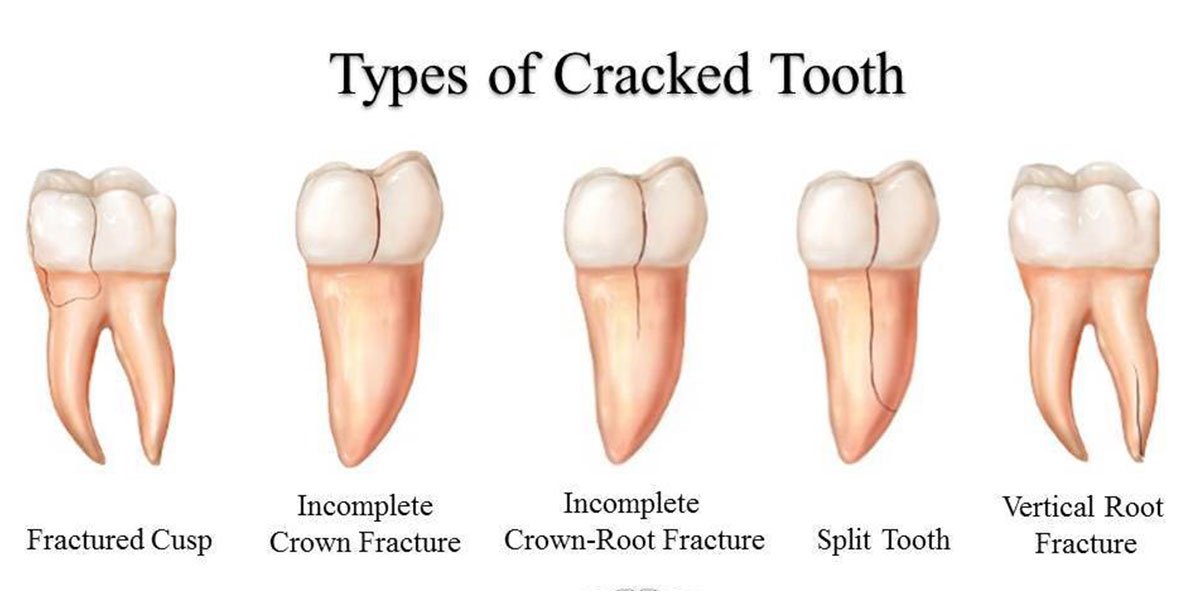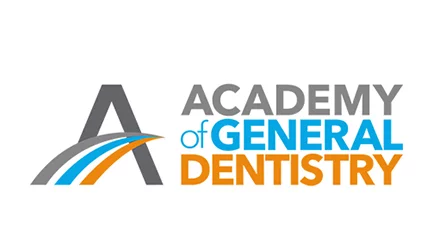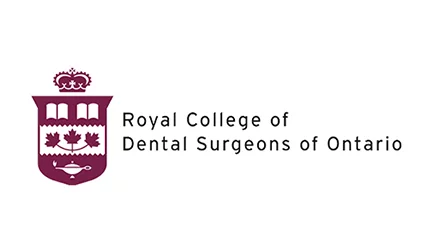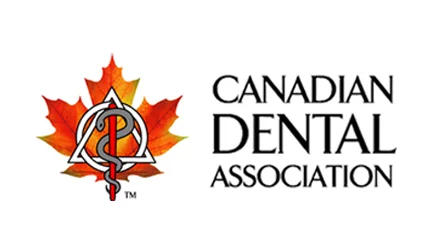A cracked tooth also called a fractured tooth or cracked tooth syndrome (CTS), happens when an incomplete fracture of dentine, the outer layer of teeth, extends into the innermost layer of teeth called the pulp.
The crack can sometimes be minute and harmless. But in some cases, it can be severe and can cause your tooth to split or break. A fractured tooth also affects the structure of adjacent teeth. Tooth fractures are usually most common in children and older people, although anyone can get a cracked tooth.
Tooth cracks happen due to various reasons, including:
- Consistent pressure from teeth grinding.
- Fillings are so large that they have weakened the integrity of the tooth.
- Chewing or biting on hard foods, such as nuts, ice, or hard candy.
- Accidental blows to the mouth due to a car accident, sporting injury, or fall.
Tooth fractures can affect all layers of teeth, and the diagnosis of cracked tooth syndrome is a complex procedure because sometimes fractures are not visible and exhibit no symptoms. Treatment for a cracked tooth depends on where the fracture occurs and the severity of the fracture.
Sometimes a broken tooth might hurt or feel sensitive. Immediately consult a dentist if you experience any symptoms of a cracked tooth. Getting immediate treatment can substantially increase the chances of repairing a cracked tooth rather than extracting it.

TYPES OF TOOTH FRACTURES:
There are generally five categories that represent the most common types of cracked teeth that people encounter.
1. CRAZE LINES:
These are the types of tooth cracks that are more common in adults. Craze lines are tiny, hairline cracks in the tooth’s enamel and typically appear as faint vertical lines.
Craze lines do not usually extend to the gums, and, in most cases, this type of tooth crack is only a superficial concern requiring no treatment. Such teeth rarely cause pain and can only be threatening to oral health if they worsen and extend into the tooth dentin.
The common causes of craze lines commonly include an uneven bite, nail-biting, teeth grinding, ice chewing and a variety of other issues that can all cause stress to the enamel.
Moreover, if the crack is limited to the enamel, it becomes difficult to diagnose, but dentists can review signs and symptoms and can perform various tests to determine a fractured tooth.
2. FRACTURED CUSPS:
A fractured cusp occurs when a piece breaks off from the tooth’s chewing surface. It often happens in teeth with large fillings. The fracture might extend to the gum line or below but often does not usually harm the tooth’s pulp (where the blood vessels, nerves, and connective tissue are located).
With a fractured cusp, people may not feel any pain, but there could be temperature sensitivity. A fractured cusp may require a root canal if the pulp is exposed but can often be fixed with a crown or a new dental filling. In most cases, the tooth with a fractured cusp can be saved.
3. CRACKED TEETH:
A tooth that cracks vertically, extending from the chewing surface downwards toward the root, can occasionally crack down to or beneath the gum line. However, this type of crack is usually incomplete, so the tooth does not break and can often be saved.
But, damage to the sensitive pulp is common with these types of cracks, and in some cases, root canal therapy becomes necessary. There are a lot of variables to consider with cracked teeth, such as the location and extent of the fracture and determining the proper treatment can be a difficult task.
Cracked teeth that tend to be more painful require early attention in order to prevent the loss of the tooth.
4. SPLIT TEETH:
A split tooth is categorised when a crack travels from the surface to the innermost layer and splits the tooth in half. This type of crack is usually too extensive to salvage the natural tooth, and extraction typically becomes necessary. In some cases, on molar teeth with multiple roots, a specific portion of the tooth can be saved by extracting the damaged side of the tooth and by doing a root canal treatment on the remaining tooth.
5. VERTICAL ROOT FRACTURES:
A vertical root fracture usually occurs at the tooth’s root and travels upwards toward the chewing surface. The symptoms are usually minimal, and, in some cases, this type of crack can go undetected for an extended period.
A vertical root fracture typically requires extraction unless a dentist can successfully save a portion of the tooth by removing the fractured root. Vertical root fractures commonly occur in teeth having previous root canal treatment.
PREVENTIONS TO AVOID CRACKED TOOTH SYNDROME:
- Avoid chewing on hard objects such as unpopped popcorn kernels, ice or pens.
- Stop clenching or grinding your teeth.
- If you have teeth clenching or grinding habits, talk to your dentist about getting a mouthguard or retainer to protect your teeth.










